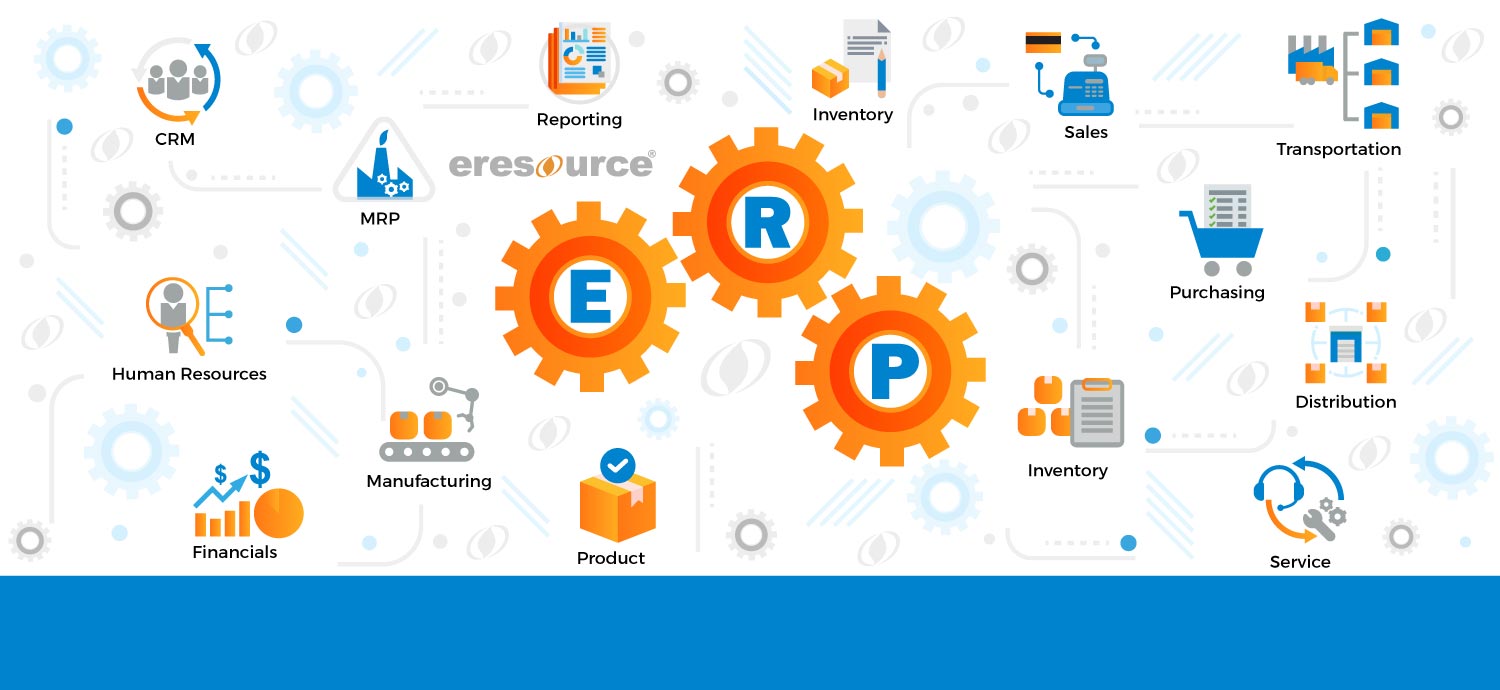ERP Implementation Planning
The time is an important factor as far as an ERP implementation is concerned. Companies should also be equipped with abilities to face whatever shortcomings they may encounter with. Implementation methodologies must not only satisfy the customer, but also must boost the confidence of the users.
There is also a confusion prevailing among the top decision makers that whether ERP implementation be carried out module wise or all the modules at one go? Before taking a concrete decision on this regarding the management must make a thorough study of the prevailing situation in their organization. This is because the ground situation varies and depends on each organization.
Mostly decision on this depends on the readiness audit result, available strength of consulting human power – both internal and external – relevance of ERP at various sites, time frame, and the budget. But it is highly recommended that the organization should go for the implementation of all the modules at one time at one site, and then go for roll out strategy for all sites.
There is also a wrong concept about the BPR and ERP system. The main doubt persist in the mind of many decision makers is whether the organization should first carry out BPR and then implement ERP, or vice versa. Actually, one has to understand that the physical form of the BPR concept is the ERP system. In some organizations where BPR is carried out first then ERP was implemented. In all these places, the BPR document was thrown into dustbin and new ‘to be document’ was prepared suitable to ERP.
Such cases clearly show that BPR benefits as such don’t exist without ERP reference, and ERP just cannot be carried out without proper BPR. What we assume is that the BPR must be the outgrowth of ERP implementation and, therefore, it should be carried out during implementation only. But the major element of BPR is the change in the mindset, which can be initiated before ERP adoption, may be during the preliminary analysis by way of user training. The best thing to do in these situations is to carry ‘noiseless BRP’ which triggers the implementation smoothly.
Tight integration between modules is the key to an efficient ERP packages; therefore all of the core business modules are related. For instance, in eresource ERP, manufacturing operations are integrated with customer service, logistics and delivery. A new customer order automatically initiates an appropriate warehouse action and product shipments trigger billing processes. Sales, production and purchasing groups work seamlessly together to fulfill critical customer orders and adapt production levels to changes in market demand.
Organizations also must understand that development of ERP is not like other software development projects, which are normally carried out focusing on automation. We find such serious mistakes being committed by some big and small companies in India. Today, when quality ERP product like eresource ERP is well within the reach of most of the companies, one should not opt for costly in-house development. This kind of in-house developed ERP is not at all an ERP system except the integration.
Organizations that are looking forward to business growth should remember that the decreasing costs of hardware, infrastructure technology and ERP applications put a modern version of these business-management packages within reach of any company.
Also Read – ERP for Manufacturing Company
Categories
Register for Free Demo!
Recent Post
-

eresource ERP 360 - an
11th Apr 2019 -

A competitive ERP system for
17th Apr 2019 -

Auto components manufacturing industry has
17th Apr 2019 -

Make the best use of
17th Apr 2019







